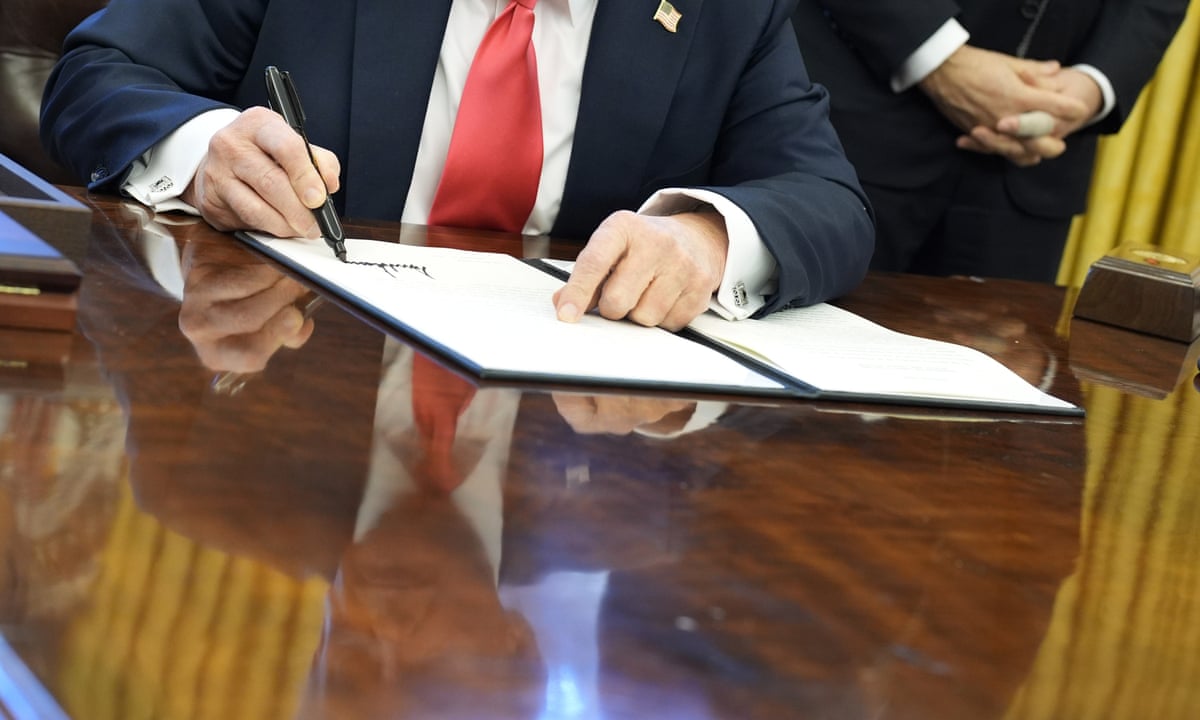In a stunning act of judicial overreach, a federal appeals court has halted President Donald Trump’s historic and much-needed reform of the U.S. Department of Education, striking a blow against accountability, efficiency, and the American taxpayer.
The Boston-based 1st U.S. Circuit Court of Appeals rejected the administration’s request to move forward with a commonsense restructuring plan that would have reduced the bloated bureaucracy by 50 percent and restored power to local communities, where education decisions truly belong.
This move is more than a mere legal setback — it is a blatant attempt by entrenched interests in the federal government, aided by liberal judges and partisan plaintiffs, to undermine the authority of a duly elected president and maintain their iron grip on a failing, overfunded system that has robbed students of excellence and parents of choice.
At the center of this reform effort is Education Secretary Linda McMahon, who, in March, courageously unveiled a plan to reduce the Department of Education’s federal workforce by half, a strategic step toward Trump’s long-term vision of dissolving the Department altogether and returning educational sovereignty to states and local school districts.
This plan was no surprise. It fulfilled a promise Trump made in both his first and current presidential terms — to eliminate waste, crush bloated agencies, and empower the American people instead of unelected Washington bureaucrats.
McMahon described the effort as the Department’s “final mission,” a phrase that encapsulated the intent to sunset the federal agency and transfer its responsibilities to entities better equipped and more constitutionally appropriate to handle them.
Trump had already signed an executive order authorizing the transition and laying the groundwork for the reallocation of duties across the federal government and local jurisdictions. The plan was legally sound, strategically wise, and long overdue.
But, predictably, the forces of the status quo sprang into action. Democratic-led states, public school unions, and deep-pocketed progressive organizations immediately filed lawsuits.

They argued that eliminating bureaucrats amounted to an attack on education itself — as if schools rise or fall based on how many administrators collect federal paychecks in D.C. Their true motivation was transparent: preserving their fiefdom of power, funding, and ideological control over America’s youth.
U.S. District Judge Myong Joun, in an activist ruling, sided with the plaintiffs, asserting that the Department of Education cannot be dissolved without congressional approval.
The judge’s opinion was built on the absurd notion that a president cannot make structural staffing decisions within the executive branch — a power long recognized by precedent and constitutional interpretation.
Trump’s administration rightfully appealed, but the 1st Circuit Court doubled down, effectively freezing any forward momentum on the layoffs and demanding the reinstatement of over 1,300 employees who had already been terminated under McMahon’s plan.
This ruling is more than a technicality — it’s a warning shot from the judiciary, reminding the American people that their vote for smaller government and local control can be nullified by robed partisans on a bench.
The courts are no longer merely interpreting the law; they are actively shaping policy in defiance of the executive branch’s authority and the will of the voters. This is not balance — it’s sabotage.
The court’s justification for blocking the reform is riddled with contradictions. While acknowledging that Congress holds the power to dissolve federal agencies, the court refused to distinguish between structural reform and outright closure.
The Trump administration was not dismantling the Department overnight — it was initiating a reduction in force, a legal and entirely executive function. Thousands of jobs across the federal government are eliminated or reshuffled each year through similar processes.

Yet, when Trump acts decisively to trim the waste from one of the worst-performing agencies in the federal system, it suddenly becomes unconstitutional.
What the courts and Democrats fear is not chaos or harm to students. What they fear is success — the success of a Trump-led reform that exposes just how unnecessary the Department of Education has become.
The agency, created in 1979, has presided over four decades of declining academic achievement, ballooning costs, and cultural indoctrination that prioritizes political agendas over academic excellence.
Its removal would mark a rebirth of education in America — one rooted in merit, local values, and individual responsibility.
And make no mistake: Trump’s opponents are not defending teachers or students. They are defending union bosses, federal contractors, and mid-level bureaucrats whose careers depend on maintaining a top-down grip on education policy.
These are the same people who pushed critical race theory into public schools, who undermined parents during COVID lockdowns, and who now resist every effort to expand school choice or introduce accountability measures.
By blocking the reform, the federal courts have revealed their own political bias. They’ve taken the side of institutional rot over innovation. They’ve placed the protection of federal job programs over the right of families to control what their children learn.
They’ve told America that the administrative state is more powerful than the Constitution — and more permanent than any elected government.

But the fight is far from over. President Trump’s administration has already signaled its intention to take the case to the Supreme Court, where constitutional principles still hold weight.
The legal team is preparing to argue that the president retains the authority to manage executive agencies and make personnel decisions in pursuit of broader policy goals.
If successful, this case could set a precedent that curbs judicial overreach and restores the president’s rightful role as the head of the executive branch.
Beyond the legal arena, the political fallout has only energized Trump’s base. Voters across the country — especially parents — are furious that unelected judges and leftist lawyers are working to preserve a system that has failed their children.
They see clearly that Trump is the only national leader willing to take on the education bureaucracy head-on and demand results.
Support for the president’s plan continues to grow among conservatives, independents, and even some moderate Democrats who are fed up with bloated government and ideological overreach in public schools.
Many Americans now agree with Trump’s core belief: the federal government should not be running local schools, and it certainly shouldn’t be employing thousands of workers who have no contact with students, teachers, or classrooms.
Linda McMahon’s leadership in this reform effort deserves recognition. She has not backed down in the face of media criticism, legal challenges, or political attacks. Her plan was thoughtful, lawful, and necessary.

Her commitment to Trump’s agenda of restoring constitutional order and devolving power to states has set a model for future agency reform across the government. She is not dismantling education — she is liberating it from Washington’s grip.
As for President Trump, this court setback will not slow him down. If anything, it will reinforce his message that Washington is broken — and that only bold leadership can fix it.
With each passing day, it becomes more evident that Trump’s presidency is not merely a reaction to bad policy — it is a revolution against a system that no longer serves the people.
So while the federal courts may have succeeded in delaying the inevitable, they have not defeated the vision that drives Trump’s education reform.
That vision — one of local empowerment, streamlined governance, and student-first policy — is gaining ground. And with the continued support of the American people, it will ultimately prevail.
Let the judges play defense. Let the unions sue. Let the Democrats scream. President Trump is fighting for the future of American education — and no ruling can silence that mission.




